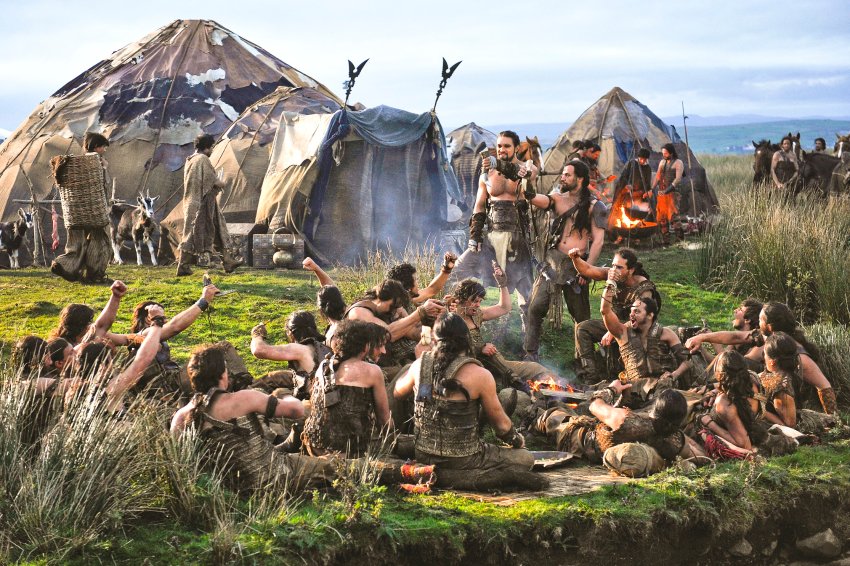The racism that is seen in medieval texts is much different from the racism found in neo-medieval texts and media. Racism in texts that were written in the medieval era are obvious and blatant in their racism. However, racism in neo-medieval texts is very subtle and much of the time unintentional. In
The King of Tars, a medieval text, we see the blatant racism between white, Christians, and non-white Muslims. The text makes clear implications that white skin is more desirable and right than dark skin, seeing as the white Princess of Tars is said to be the fairest lady in the world and when the Sultan converts to Christianity, his skin immediately turns white. This also serves to heavily imply that Christianity is the superior religion over Islam. Additionally, the text claims that if two people of opposing religions attempt to have a child, it will end up being a lump baby, so plan accordingly.
Stereotypes and generalizations of racism
However, in neo-medieval text and media, racism operates in a much more stealthy way, seeing as it is frowned upon in modern society. Even though it is frowned upon and generally unacceptable, racism has had such a strong root in human society for so long that many people are subconsciously racist. Many people are unaware that they hold archaic and outdated stereotypes and generalizations as truth, distorting their world view and giving them a misrepresentation of other races. For example, in
A Game of Thrones, the races that are depicted as barbaric and primitive are the non-white, eastern people who do not practice the dominant western religion. On the other hand, the white races are depicted as civilized and live in the west, practicing the dominant organized religion.
Depiction of Dothraki camp in GoT
This is eerily similar to our own world, or at least a commonly held, but distorted, view of our world. While this kind of racism is likely not intentional, it just goes to show that while blatant, malicious racism may be on the decline, there is still subconscious ideas of racial superiority that are unknowingly held by many.


You make an interesting point about how contemporary culture treats racial issues. Your points bring us back, in many ways, to the first segment of this class regarding the treatment of the Jewish people in both Medieval literature and how that re-emerges in Neo-Medieval literature as well as pop culture. Now, the stereotypes are more underhanded and hidden. We are, indeed, still racist and that has an impact on literature and culture. Like you said, this kind of racism isn’t intentional. It is so ingrained in our society that we have to work twice as hard to undo it.
ReplyDelete